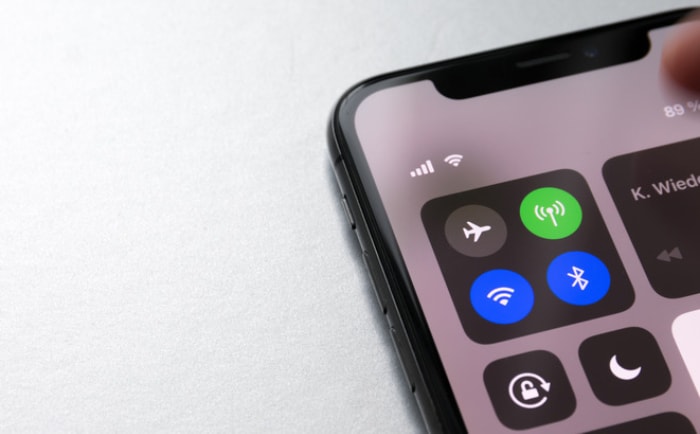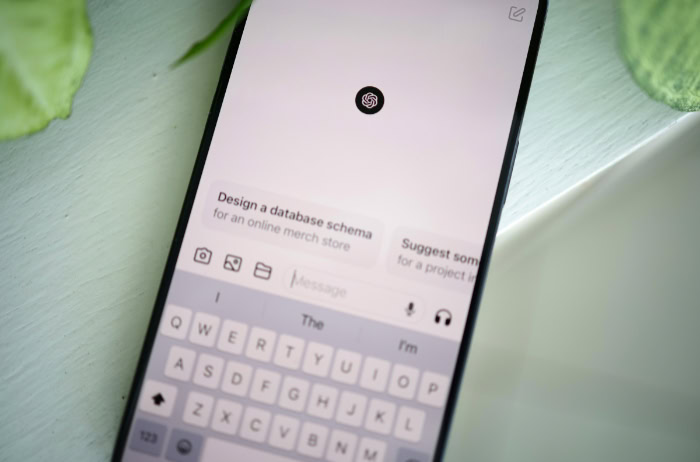GoPro vs. DSLR: Pros, Cons, and Which Is Worth It
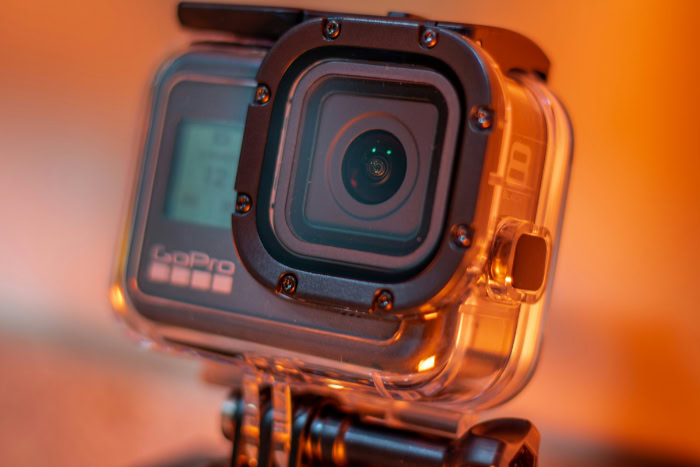
Choosing your perfect camera often comes down to a simple question: do you crave the thrill of capturing adventures on the move, or do you aim for the precision and control found in professional photography? Action junkies and travel enthusiasts are often drawn to GoPros for their rugged, pocket-sized design and cinematic video abilities, while artists and image purists swear by the creative range and image quality that a DSLR can deliver.
Selecting between these two options requires a clear look at what matters most to you: the freedom to shoot anywhere, anytime, or the flexibility to control every photographic detail. As you weigh GoPro’s versatility against the creative power of a DSLR, you’ll uncover which camera fits your story best.
Use Case and Environment
Choosing between a GoPro and a DSLR starts with examining where and how you plan to use your camera. Each serves a distinct purpose, catering to different shooting environments and creative needs.
The situation in which you’ll wield your camera can greatly impact your experience and the results you achieve. Recognizing the context for your photography or videography ensures your camera matches your ambitions and lifestyle.
Action vs. Controlled Settings
GoPro cameras shine in unpredictable, action-packed environments. A favorite among adventurers, surfers, cyclists, and thrill-seekers, the GoPro is purpose-built to withstand drops, splashes, and rough handling.
Its compact, nearly indestructible build slips easily into a pocket or mounts onto helmets, surfboards, and handlebars. If you picture yourself documenting snowboarding down a mountain, diving beneath ocean waves, or hiking through torrential rain, the GoPro won’t flinch.
Simple controls and rugged waterproofing allow creative freedom even in the midst of dust, mud, or saltwater.
DSLR cameras, on the other hand, are often suited for more controlled and deliberate settings. Photographers who enjoy capturing studio portraits, landscapes with meticulous detail, or shooting in tricky lighting conditions benefit from a DSLR’s wide range of manual adjustments.
Its larger body and changeable lenses may feel bulky compared to a GoPro, yet these features enable superior image quality, creative lighting, and precise control over every shot. Studio setups, low-light concerts, and events where lighting can be manipulated are environments where DSLRs truly excel.
Video vs. Photography Priorities
Creatives who dream of producing fast-paced, immersive video footage will likely appreciate the GoPro’s advanced video modes. GoPro models often offer features like hyperlapse and 4K resolution, allowing users to create smooth, striking video sequences with minimal effort.
The camera’s ultra-wide angle captures an expansive perspective, making action sequences feel larger than life. Quick sharing options and automatic stabilization make it easy to shoot, edit, and post adventures on the move.
DSLR enthusiasts, in contrast, tend to prioritize the artistry and control found in still photography. Manual exposure, aperture, and ISO settings unleash creative possibilities, letting photographers tailor each image to fit their vision.
The ability to switch between lenses, such as macro for stunning close-ups or telephoto for distant wildlife, means a DSLR can adapt to countless scenarios. Photographers can also shoot in RAW format, retaining every detail for powerful post-processing.
While many modern DSLRs can shoot impressive video, their reputation is built on delivering crisp, professional-quality stills where every nuance is under your control.
Technical Performance
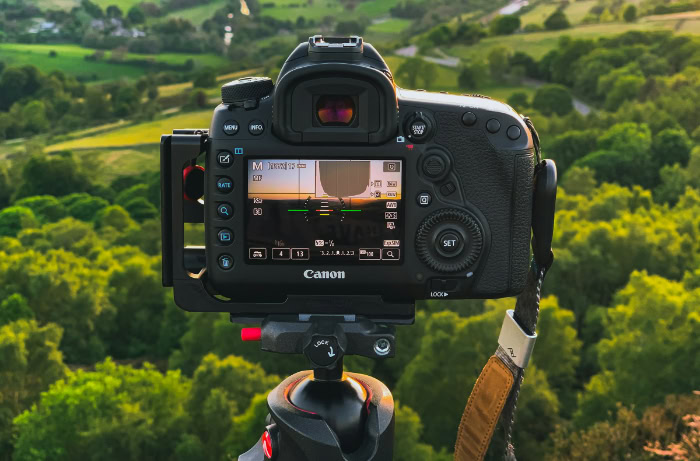
Choosing between a GoPro and a DSLR can often come down to the technical results you’re hoping to achieve. Both camera types offer impressive performance but excel in different areas.
Your decision may rest on the specific image quality, video capabilities, and audio needs you have. Each factor plays a substantial role in what you see and hear in your final footage or photographs.
Image Quality
Sensor size sets GoPro and DSLR cameras apart almost immediately. DSLRs typically use much larger sensors, which naturally gather more light and preserve detail across shadows and highlights.
The result is richer dynamic range and greater color accuracy, especially noticeable in challenging lighting situations. Low-light performance stands out in favor of DSLRs, reducing grain and preserving clarity in dim settings such as night photography or indoor events.
GoPros, built for portability, rely on much smaller sensors. While modern GoPros can produce vibrant images in good lighting, their results in the dark often show more noise and less depth.
Wide-angle lenses on GoPros also create the well-known “action camera” look, sometimes distorting straight lines at the frame’s edge, which suits action-packed scenes but feels less natural for portraits or detailed product shots.
Video Capabilities
The GoPro’s video prowess appeals to anyone seeking silky-smooth action footage and dramatic time-lapses. Many models record 4K video at high frame rates, capturing remarkable detail in fast-paced moments.
Built-in electronic stabilization smooths out shakes, letting you record running, biking, or surfing adventures with confidence. However, the footage often has a unique, sharp staccato effect, and the ultra-wide perspective may not suit all styles.
DSLRs, while sometimes heavier and less agile, offer an entirely different video experience. Their larger sensors allow for a more cinematic look, with natural background blur and soft transitions between light and dark areas.
Manual controls over frame rates and picture profiles help filmmakers tailor the mood and style of each clip. DSLRs are favored for narrative storytelling and artistic video projects where visual nuance matters most.
Audio Recording
Audio quality can make or break your content, and each camera type takes a different approach. GoPros feature built-in microphones designed for ease of use, capturing sound directly as you film.
Simple and effective for casual vlogs or quick action clips, these mics can struggle in windy environments or when the camera is mounted in waterproof cases. External microphone support is limited, making advanced audio recording more challenging.
DSLRs give filmmakers and photographers the option to attach high-quality external microphones through standardized ports. This flexibility enables clear voiceovers, crisp ambient sound, and professional audio syncing.
For those who see audio as just as important as the visuals, a DSLR opens possibilities for studio-grade sound recording, essential for interviews, music performances, or documentary work.
Physical Design and Durability
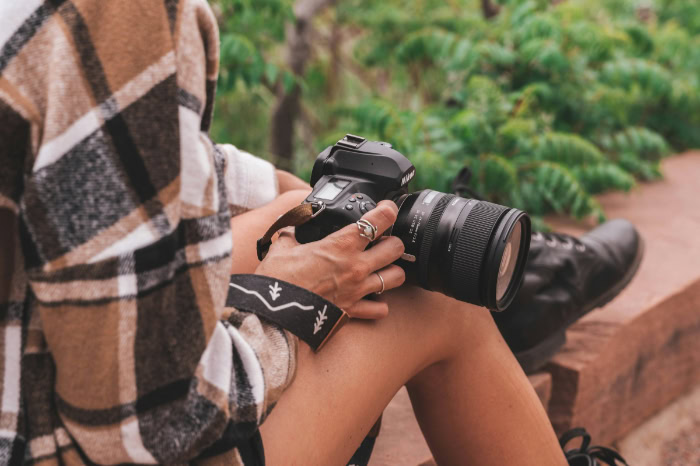
The shape, build, and toughness of your camera can influence not only how you use it but how often you want to bring it along for the ride. Size, ruggedness, and adaptability to tough conditions all play a role in choosing a camera that fits comfortably into your routine, whether you’re shooting from a mountain peak or working in a controlled studio.
Portability
GoPro excels in the portability department. Its compact, lightweight build allows it to slip easily into a pocket, backpack, or even the palm of your hand.
That minimal size means you can take a GoPro almost anywhere without worrying about weighing yourself down. Spontaneous moments are easier to capture when setup time is nearly nonexistent.
Contrast that with a DSLR, where camera bodies and interchangeable lenses can quickly fill up a bag. Traveling with a DSLR usually means packing accessories, extra lenses, and sometimes tripods.
While image quality is exceptional, you will notice the added weight and size, making casual or on-the-go shooting less convenient. Those seeking ultimate flexibility often opt for the tiny footprint of a GoPro.
Durability
Choosing a camera that can survive real-world mishaps is important, especially for those heading outdoors or facing unpredictable environments. GoPro models are specifically built to handle rough treatment.
Their body is rugged and designed to absorb shocks, drops, and bumps. Most models are waterproof straight out of the box, letting you capture underwater scenes or record in pouring rain without any special housing.
Repairs for GoPro cameras usually cost less than fixing major damage to a DSLR. By contrast, DSLRs are built to withstand moderate wear and tear, but their moving parts, glass lenses, and larger LCD screens require more careful handling.
DSLRs with weather-sealed bodies offer resistance to dust and moisture, yet submerging them or dropping them on a rock can lead to expensive repairs.
Handling in Extreme Conditions
Action cameras like the GoPro offer unmatched flexibility for creative mounting. Attach one to a helmet, chest harness, bike frame, or drone, and you’ll get dramatic angles that would be nearly impossible with larger gear.
The slim design and low weight keep it firmly in place even during intense movement. Filming in blizzards, underwater, or while running down a rocky trail feels natural and secure.
DSLRs, while often equipped with weather-sealed bodies, still face limitations in very wet, dusty, or physically demanding conditions. Mounting options exist, but the bulk and weight of DSLR kits restrict where and how you can use them in action-heavy or hazardous locations.
For those who want a camera to keep up with every adventure, GoPro provides confidence that few traditional cameras can match.
Cost and Skill Considerations
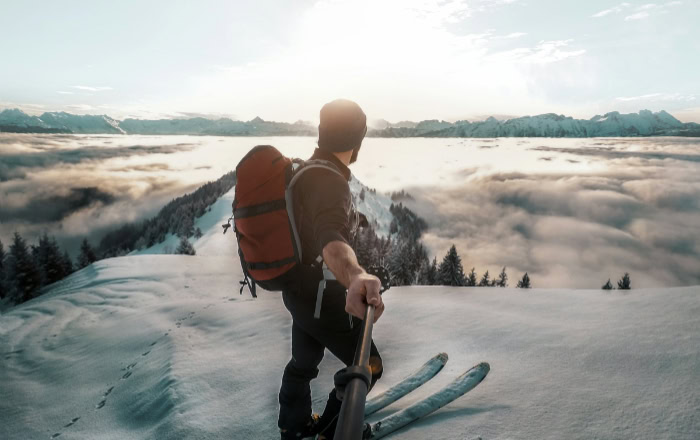
Choosing a camera isn’t only about features or technical specifications. Price, ease of use, and creative possibilities have a huge impact on how much enjoyment and value you’ll get from your gear.
GoPros and DSLRs offer very different experiences, both in terms of financial investment and the skills needed to maximize their potential.
Budget
GoPro cameras generally catch the eye with their affordable starting prices. A new GoPro, with all its action capabilities, can be less expensive than even an entry-level DSLR body.
However, the initial savings may shift as you add accessories like spare batteries, mounting kits, and protective cases. Luckily, most of these extras are optional, and you can get strong results with only the basics.
DSLRs, especially the higher-end models, usually require a larger upfront investment. The purchase of a camera body often leads to a wish list of additional lenses, external flashes, and stabilizing gear.
Over time, costs can climb quickly, but each added piece expands the camera’s creative capabilities. Some photographers see this growth as a benefit—a building process that matches their growing skills and ambitions.
Learning Curve
GoPros are designed with simplicity in mind. Straightforward controls, automatic exposure settings, and intuitive menus make it easy to capture great footage on the go.
Newer users can simply point, press record, and feel confident that the camera will handle the technical details. This ease of use is perfect for people who want to focus on the moment rather than on camera settings.
DSLRs require a deeper investment of time and practice. Mastering manual controls for exposure, aperture, shutter speed, and ISO opens doors to creative control but comes with a learning curve.
Those who enjoy tinkering with settings and experimenting with different styles will find DSLRs rewarding, but patience is required. Resources like online tutorials or photography classes can make the process smoother, but beginners should expect a bit more trial and error.
Creative Flexibility
Flexibility in creative expression is one of the biggest differences between the two camera types. DSLRs offer an ever-expanding world of interchangeable lenses, from ultra-wide to super-telephoto, and specialty gear like macro or tilt-shift lenses.
Shooting in RAW format allows for powerful post-processing and fine adjustments to exposure, color, and contrast. Photographers who want to sculpt every detail of their images will appreciate this level of control.
GoPro cameras, while feature-packed, operate with a fixed ultra-wide lens and generally compress videos and photos into formats ready for quick sharing rather than intensive editing. Limits on lens choice and RAW image options mean you’re working within a specific creative framework.
That being said, GoPro excels at spontaneous, immersive content and rapid sharing—perfect for those who value action and speed over technical tinkering.
Conclusion
Choosing between a GoPro and a DSLR ultimately comes down to your priorities and the creative experiences you seek. GoPro stands out for its rugged simplicity, lightweight design, and ability to capture spontaneous action without distraction.
Adventurers, travelers, and anyone eager to document fast-paced moments in unpredictable environments will appreciate the reliability and ease of use a GoPro provides.
DSLRs, on the other hand, offer unmatched creative control and superior image fidelity. Photographers and filmmakers who crave manual settings, interchangeable lenses, and detailed post-processing options will find the flexibility of a DSLR hard to beat—especially in controlled or low-light situations where precision truly matters.
Weighing the convenience and durability of GoPro against the artistic potential of a DSLR helps clarify which camera will best suit your style and aspirations. Your needs, environment, and vision will naturally guide you toward the tool that makes every shot count.

